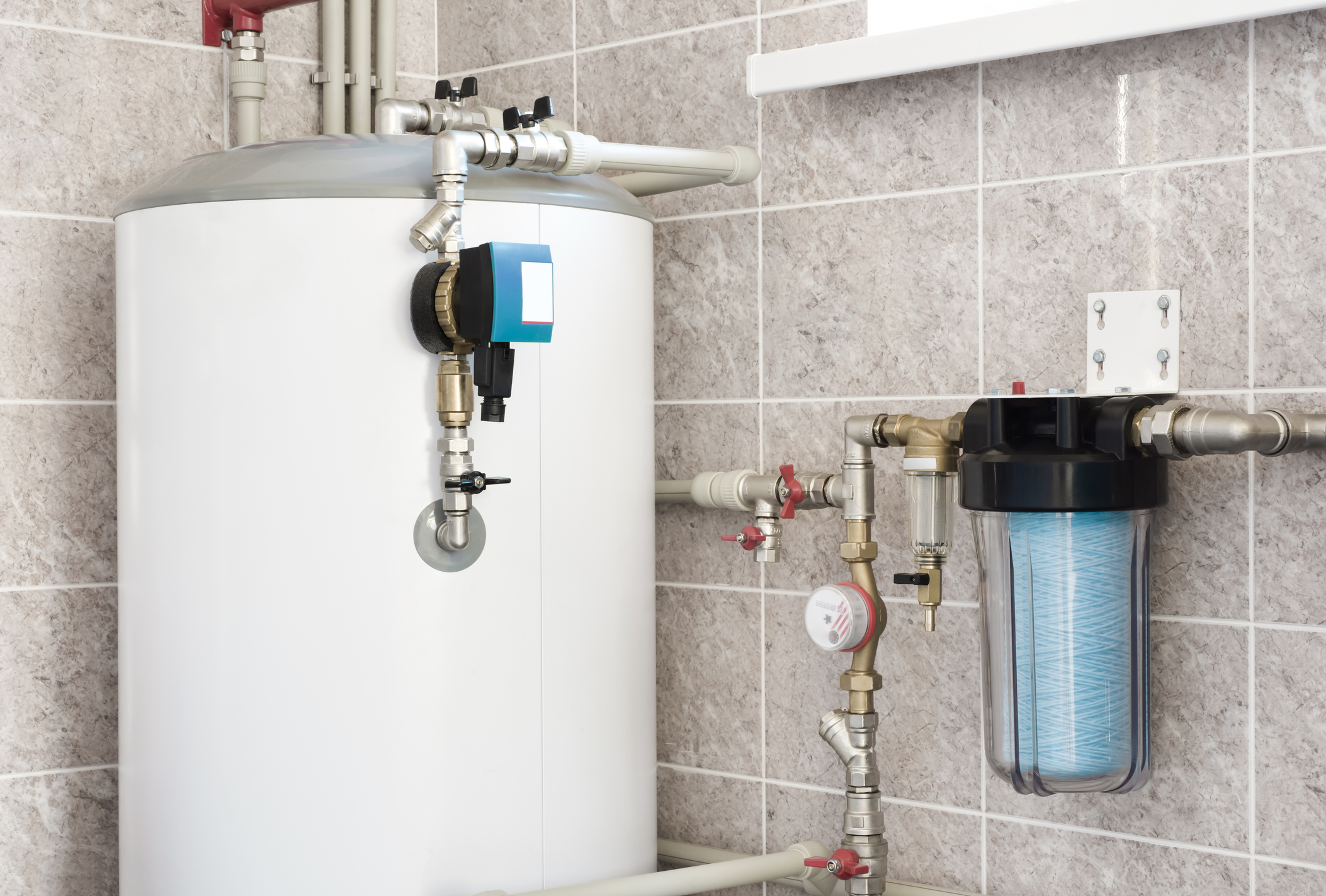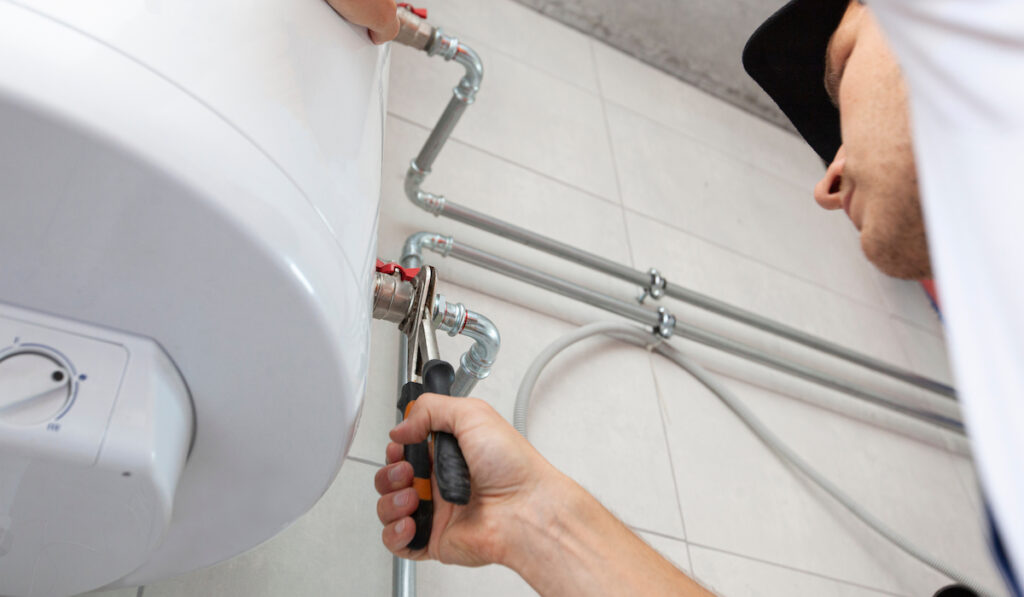Each person has their private theory about Tips on Maintaining a Water Heater.

Hot water is essential for everyday comfort, whether it's for a rejuvenating shower or washing recipes. To guarantee your hot water system runs efficiently and lasts much longer, regular upkeep is crucial. This article gives useful tips and understandings on exactly how to maintain your home's warm water system to avoid interruptions and costly fixings.
Introduction
Preserving your home's hot water system could appear difficult, yet with a few straightforward actions, you can ensure it runs smoothly for many years to come. This overview covers everything from recognizing your hot water system to do it yourself maintenance pointers and understanding when to call in expert help.
Value of Keeping Your Hot Water System
Normal maintenance not just extends the lifespan of your warm water system but likewise ensures it operates successfully. Overlooking upkeep can lead to reduced efficiency, higher power bills, and also early failure of the system.
Indications Your Warm Water System Requirements Upkeep
Knowing when your hot water system requires attention can stop significant issues. Watch out for indicators such as inconsistent water temperature level, strange sounds from the heating system, or rusty water.
Comprehending Your Warm Water System
Before diving into upkeep jobs, it's useful to comprehend the standard components of your hot water system. Normally, this consists of the water heater itself, pipes, anode rods, and temperature controls.
Month-to-month Upkeep Tasks
Regular regular monthly checks can assist capture small issues before they intensify.
Purging the Hot Water Heater
Flushing your water heater eliminates debris build-up, boosting efficiency and prolonging its life.
Checking and Changing Anode Rods
Anode poles protect against corrosion inside the tank. Examining and replacing them when worn is vital.
Evaluating and Changing Temperature Level Setups
Readjusting the temperature level settings ensures optimal performance and security.
Do It Yourself Tips for Upkeep
You can perform several maintenance tasks yourself to keep your hot water system in top condition.
Checking for Leaks
Routinely examine pipes and connections for leaks, as these can lead to water damage and higher bills.
Testing Pressure Alleviation Valves
Examining the stress safety valve guarantees it operates appropriately and stops extreme stress accumulation.
Protecting Pipes
Insulating hot water pipelines lowers warmth loss and can conserve power.
When to Call a Specialist
While do it yourself maintenance is useful, some problems require professional expertise.
Complicated Problems Requiring Professional Aid
Instances consist of significant leaks, electrical problems, or if your hot water heater is continually underperforming.
Regular Expert Maintenance Conveniences
Expert maintenance can consist of detailed evaluations, tune-ups, and making certain conformity with security standards.
Verdict
Routine maintenance of your home's warm water system is necessary for efficiency, long life, and expense savings. By adhering to these ideas and understanding when to seek specialist assistance, you can ensure a trusted supply of hot water without unforeseen disruptions.
Water Heater Maintenance Tips
Test the TPR Valve
- Shut off the power and the cold-water supply valve.
- Place a bucket under the pipe connected to the temperature-pressure-release (TPR) valve on the top or side of the tank. (This valve opens if the tank pressure gets too high.)
- Lift the valve’s tab to let some water out, then let go. If water keeps flowing, drain the tank partway, unscrew the old valve with a pipe wrench, and install a new one.
Check the Anode Rod
- Put a hose to the tank’s drain cock and let out a few gallons of water.
- Now fit a 1 1/16-inch socket onto the rod’s hex head on top of the heater (or under its top plate) and unscrew the rod. If it’s less than ½ inch thick or coated with calcium, buy a new one, wrap its threads with Teflon tape, put it back in the tank, and tighten securely. Use this segmented rod if headroom above the tank is limited.
Drain the Tank and Wash Out Sediment
- Drain the remaining water in the tank into the bucket, then stir up the sediment on the tank’s bottom by briefly opening the cold-water supply valve. Drain and repeat until clean water comes out of the hose.
- Close the drain cock, refill the tank, and turn its power back on.
Adjust the Temperature
- Find the temperature dial on the side of the tank and unscrew its cover. Adjust the dial to 120 degrees using a flathead screwdriver. For every 10 degrees the temperature is lowered, you can expect to save up to 5 percent in energy costs.
- Turn the water heater off or the thermostat down to its lowest setting if you plan to be away from home for more than three days.
Insulate the Pipes
- Buy some self-sticking 3/8-inch-thick foam pipe insulation that matches the pipes’ diameter.
- Slide the foam over the hot-and cold-water pipes as far as you can reach. Insulating the cold-water pipe prevents condensation in summer.
- Peel the tape and squeeze the insulation closed. If the pipe is 6 inches or less from the flue, cover it with 1-inch-thick unfaced fiberglass pipe wrap.
https://www.thisoldhouse.com/plumbing/21016402/how-to-maintain-a-water-heater

Do you appreciate reading up on How to Maintain Your Water Heater & Prolong its Life? Try leaving a remark below. We'd be pleased to hear your responses about this blog. In hopes that you come back again in the future. Are you aware of anybody else who is in the market for the subject? Why not promote it. I love reading our article about How to Maintain a Hot Water Heater in a Few Simple Steps.
Click Here
Comments on “Effective Techniques for Maintaining Your Home's Hot Water System”